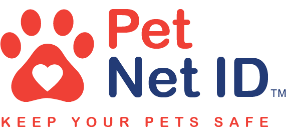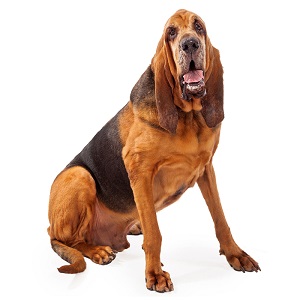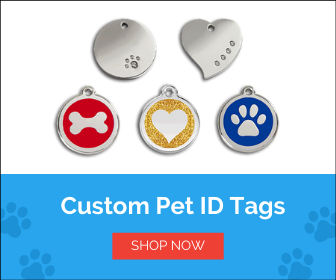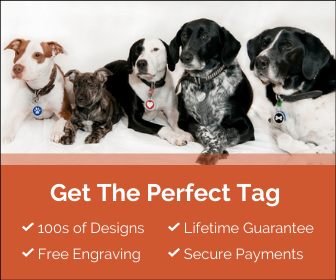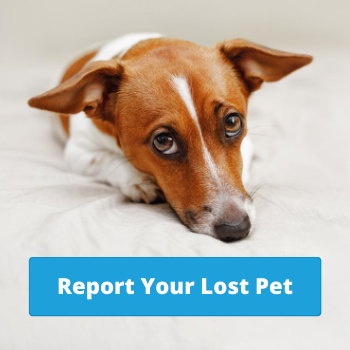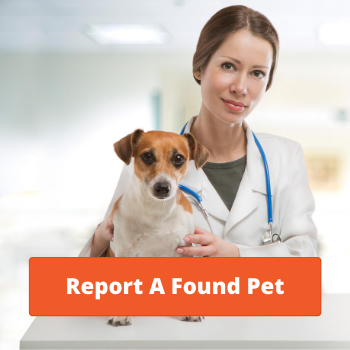Bloodhound Behaviour Traits
The Bloodhound is a Large Purebred dog that originates from the Hound group. Bloodhounds are known for the following behavioural qualities: Affectionate, Even Tempered, Gentle, Stubborn, Independent. This dog full of energy and requires daily exercise and play. Generally speaking, their behaviour is good with children and they are not good at adjusting to new environments and areas. Bloodhounds interact well with other dogs, especially if they are socialised from a young age. They are not the easiest dogs to train, and may be difficult for first time dog owners.
